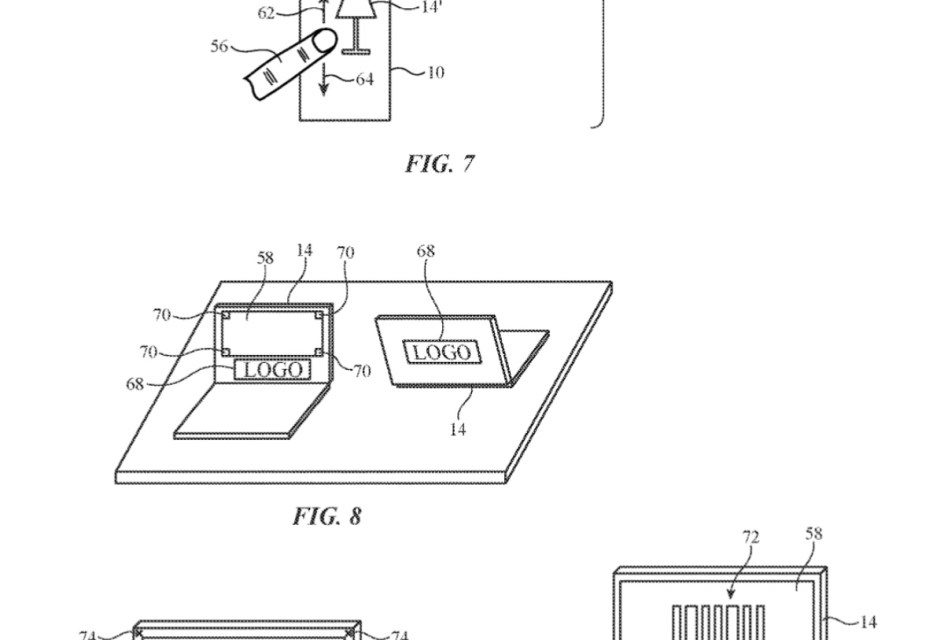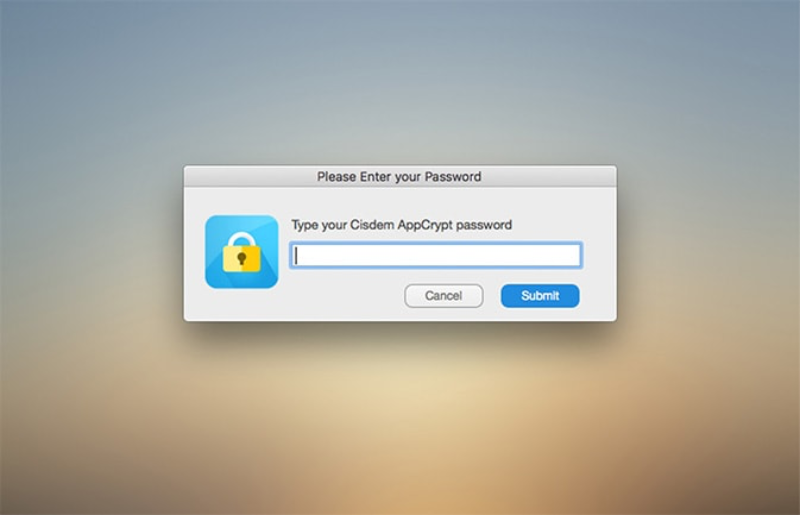Future Macs and iPads may have better HomeKit features baked-in for controlling smart home devices. Apple has been granted a patent (number US 11924055 B2) for an “Electronic Device With Intuitive Control Interface.”
About the patent
HomeKit is a software framework that lets you configure, communicate with, and control smart-home appliances using Apple devices. The newly granted patent relates generally to electronic devices and, more particularly, to electronic devices that are used to communicate with other electronic devices.
In the patent Apple notes that a user’s surrounding environment often includes multiple electronic devices. For example, a living room may include one or more desktop computers, laptops, keyboards, mice, headphones, cellular telephones, and other electronic devices. The electronic devices typically communicate with one another over wired connections or over wireless communications links such as Bluetooth® and WiFi communications links.
However, Apple says that users may find it challenging to identify and control which devices are connected and how the devices are connected. Typically, a user must navigate to a settings menu on each individual device, which then provides a list of external devices to which that device is connected.
Apple says that this process can be “cumbersome and unintuitive for the user.” What’s more, there may be multiple devices in the user’s environment, making it challenging to manage connections between devices. Apple wants to overcome such issues.
Summary of the patent
Here’s Apple’s abstract of the patent: “An electronic device may include a display system and control circuitry. The user’s environment may be presented on the display system. The environment on the display system may be a captured image of the environment, may be the actual real world viewed through an optical combiner, or may be a completely virtual image representing the environment.
“The control circuitry may gather information about external electronic devices in the user’s environment, including determining a type and location of each external electronic device and a status of wireless communications links between external electronic devices. The display system may overlay computer-generated display elements onto the user’s environment to indicate the status of wireless communications links between the external electronic devices. In response to touch or gesture input, the control circuitry may send control signals to the external electronic devices to establish or break wireless communications links between external electronic devices.”
Article provided with permission from AppleWorld.Today




